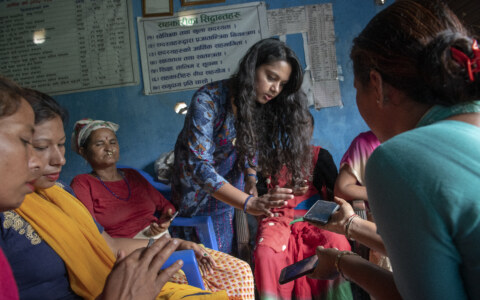Danish Climate Investment Fund
Danish Climate Investment Fund
Project Overall Goal
Tiered blended finance fund that invests in low-carbon and climate-resilient projects in developing countries. The fund is structured similarly to a private equity fund, with a 10-year term and a market-based management fee. IFU and Danish state are the fund general partners, and several public pensions funds and a foundation are limited partners.
Executive Summary
The Danish Climate Investment Fund (KIF) is a blended finance climate fund designed and managed by the Danish Investment Fund for Developing Countries, an independent instrumentality of the Danish state. It was established in 2012 to attract Danish institutional investors to climate mitigation or adaptation investments in developing countries and currently has an approximate size of DKK 1.4 billion. The goals of the fund are to mobilize Danish climate finance for developing countries as part of meeting the Copenhagen Accord, and to accelerate the transfer of Danish expertise, services, or technology.
The KIF operates on a preferred return structure, which allowed it to improve investor confidence in an unfamiliar investment vehicle. Under this structure, the fund targets a 12% internal rate of return per annum with a tiered payout system: first, the fund repays invested amounts to all investors, then the private sector limited partners receive returns up to 6% per annum, then the public investors are disbursed returns up to 6% per annum, and finally anything remaining is distributed pro rata with premium to the Danish state. Otherwise the fund is structured as a standard equity fund, with a 10 year term and a market-based management fee. This structure helped the fund mobilize capital from four of Denmark’s major pension funds.
KIF aims to be an active minority stakeholder (5-49% ownership) in private sector mitigation or adaptation companies. Per its initial recommended pipeline, the fund is 60% invested in energy production and 40% in manufacturing. KIF requires each investment to have a Danish economic interest (e.g. Danish co-investor, Danish technology supplier). It also establishes collaborations with strong local or international private partners to leverage private sector co-financing for each project. KIF’s impact metrics include GHG emissions avoided (for mitigation projects), the aggregate estimate of climate-related costs as compared to total project costs (for adaptation projects), corporate social responsibility performance, and development impact (e.g. jobs created).
The Danish public’s support of climate goals was politically important to making the KIF possible. Danish state support was also critical, which was driven by the government’s interest in contributing to the Copenhagen Accord and formally crowding in Danish institutional capital into developing countries.







